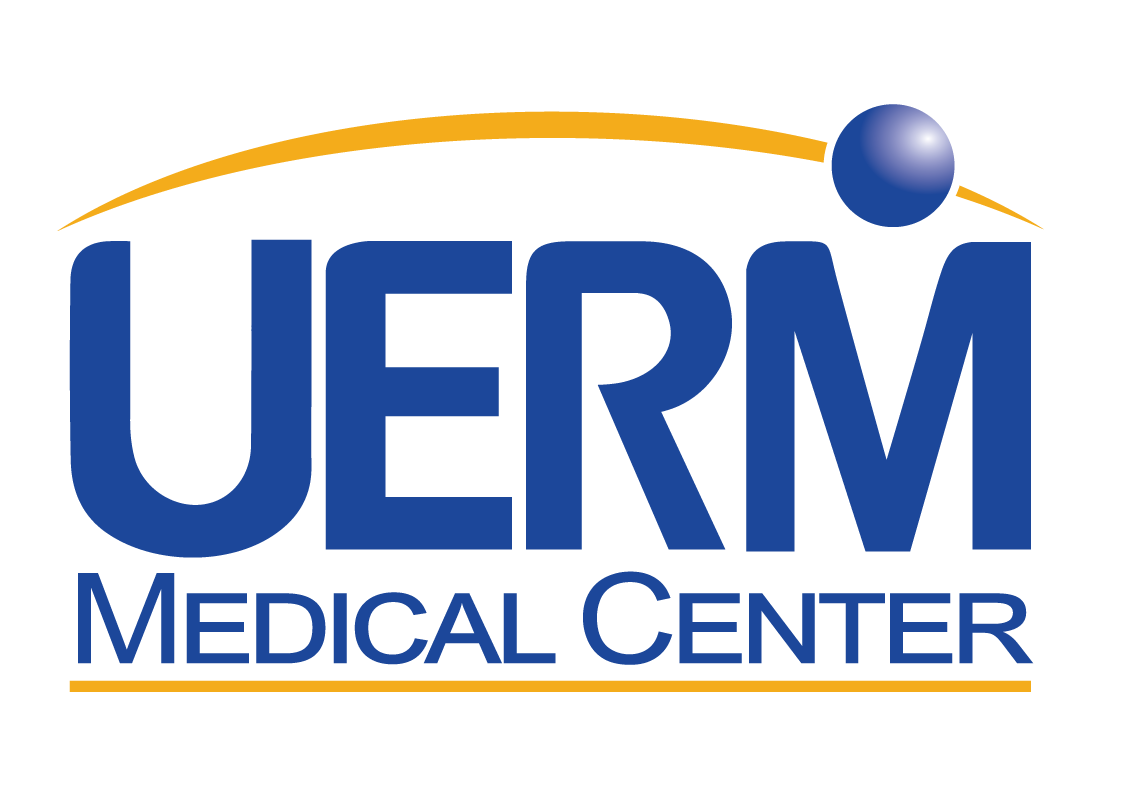Hearing loss is common and can affect any age group, from newborns and infancy, toddlers, childhood, adults, and the elderly. Without early detection and appropriate intervention, newborn and infant hearing impairment interferes with the development of oral/aural communication, impedes academic performance, ultimately leading to a failure to function within mainstream society. Hearing loss in early and middle childhood can also result in behavioral problems with devastating consequences to other members of the family as they cope with a dysfunctional child. Adult and elderly patients with hearing loss often suffer diminished independence, depression, and social interaction.
The Hearing Center is equipped with the basic audiologic tests (Otoacoustic Emissions Test. Puretone and Speech Audiometry, Tympanometry) and services (Hearing Aid Provider) and exists to offer the following services:
ENT Endoscopy is the insertion of a short, rigid or flexible instrument into the nose to visualize the nasal cavity, and nasopharynx; or through the mouth to visualize the hypopharynx, and the areas of the larynx. Through endoscopy, ENT Head and Neck doctors carry out tasks such as biopsies or minor procedures, such as removal of foreign bodies in the ears, nose and throat.
Endoscopy is minimally invasive with almost no complications. Because modern endoscopy has relatively few risks, delivers detailed images, and is quick to carry out, it has proven incredibly useful in the diagnosis and management of diseases involving the ears, nose and throat, head and neck.
The ENT diagnostic endoscopy unit is equipped with the following instruments:
The following procedures are offered by the unit:
And exists for the following purposes:
2/F Pay Hospital Building
Tel: (+632) 8715-36-96, (+632) 8715-0861 to 77 Local 299
Viber: 0905 096 1817
